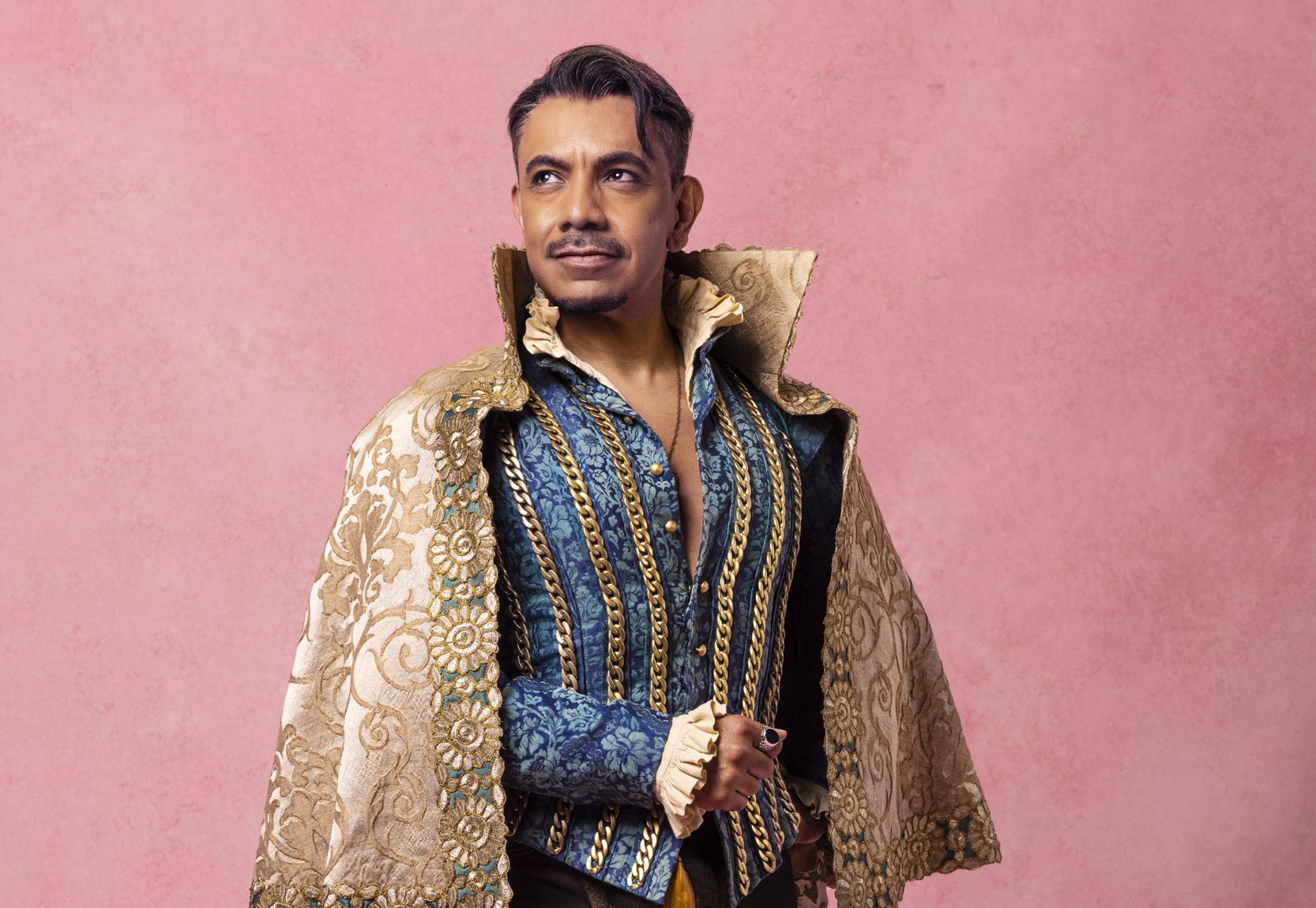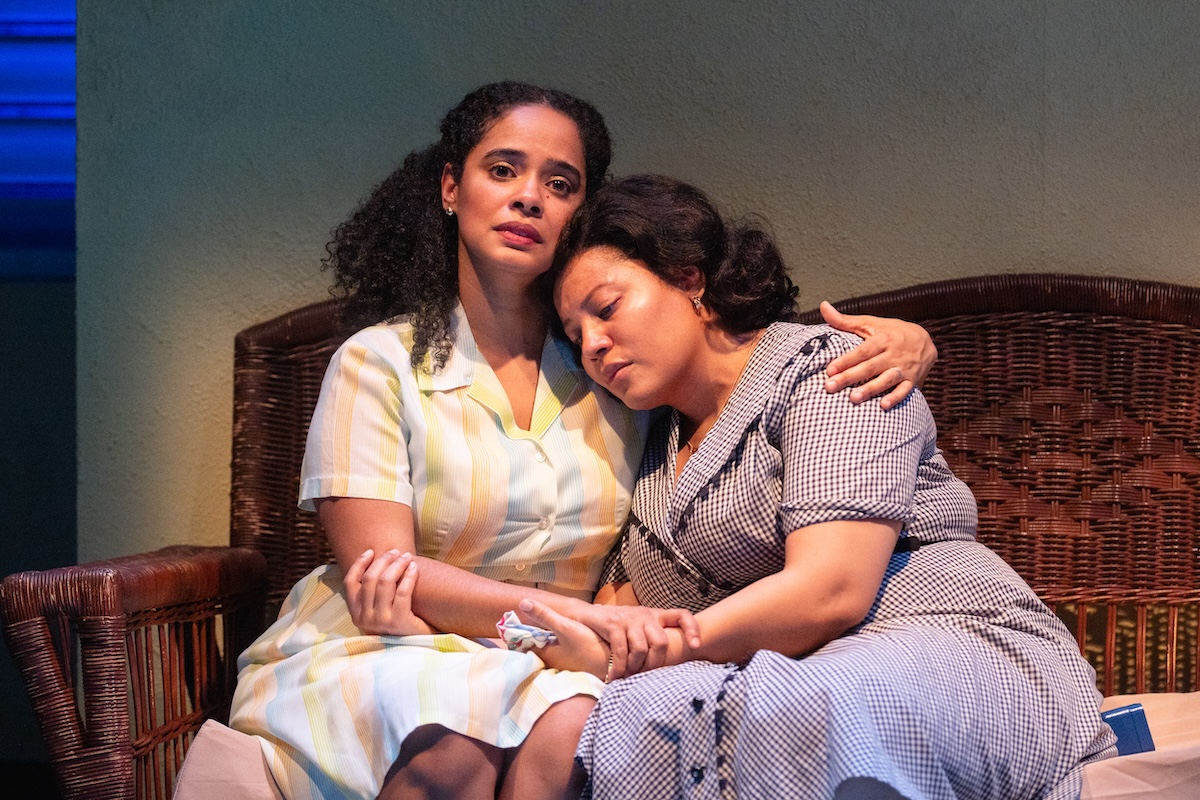Molly Sweeney

Ciaran O’Reilly in Molly Sweeney
(© Carol Rosegg)
Let’s quickly discard any notion that Brian Friel’s Molly Sweeney — now being revived at the Irish Repertory Theatre under Charlotte Moore’s skillful direction — is a play. Not that it matters, because Molly Sweeney is an entirely enthralling story told by three narrators in a two-act series of alternating monologues: Donegal habitue Molly Sweeney (Geraldine Hughes), her husband Frank (Ciaran O’Reilly), and local ophthalmologist-surgeon Mr. Rice (Jonathan Hogan).
The narrative they unfold in mesmerizing, ultimately heart-breaking detail involves Molly — blind since she was 10 months old — and what happens when, encouraged by Frank after two years of marriage, she undergoes a sight-restoring operation carried out by the accomplished and inspired Mr. Rice that proves to be successful, or proves to be unsuccessful, depending on Molly’s definition of success and each of the characters’ definition of what constitutes real and metaphorical sightedness.
As Molly explains when beginning to recount her history, she has her own way of seeing, though she’s clinically blind. Aided by a father too cheap to send her to a school for the blind but generous with her in every other aspect, she has more than come to terms with the world as she knows it.
But Frank, an unemployed but habitually enthusiastic fellow Ballybeg citizen with his own hobbies, understandably wishes traditional sightedness for the confident and forthright Molly with whom he’s fallen in love. That wish is shared by Mr. Rice, whom Frank has consulted out of his concern, and who does have a sense of what Molly fears she could lose if and when actual sight is regained. Nevertheless, he gets on with the procedure as much for his self-revitalizing sake as for hers.
It’s in the two operations’ aftermath (one operation for each cataract-covered eye) where Friel couches his profound pathos. During Molly’s monologues, he masterfully explains in poetic prose how someone bereft of literal sight experiences a totally satisfactory sighted world. Furthermore, he demonstrates that loss of this familiar cosmos to something new and in many ways baffling can wreak unbearable havoc.
There is, it should be mentioned, a perspective from which Friel’s not-so-subtle moral lesson can be regarded as retrograde. Implied in Molly Sweeney is the warning that what Mother Nature decrees isn’t up for argument or reversal. On the other hand, it’s just as easy to assume that Friel means to say nothing more than that attempts to correct a condition like Molly Sweeney’s must be carried out only after thorough examination of all participants’ motives.
Articulating those motives before the three windows and three chairs put on stage by set designer James Morgan, Hughes, O’Reilly, and Hogan meet every acting challenge presented to them. Her head tilted upward and slowly swiveling left and right and with her eyes partially closed–Hughes creates a tragic portrait of a happily-adjusted 41-year-old woman robbed of everything that made her happy. O’Reilly is a fine figure of another positive person thrown into inexplicable loss at something that should have been uplifting, and Hogan provides sympathy for a character at once proud of his profession and confused by his private life. They all deserve to be seen.










